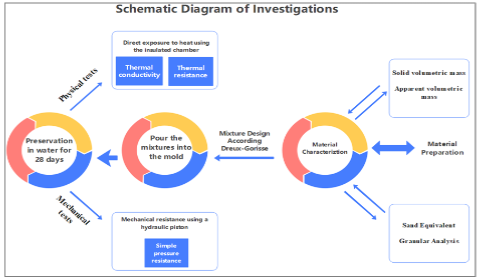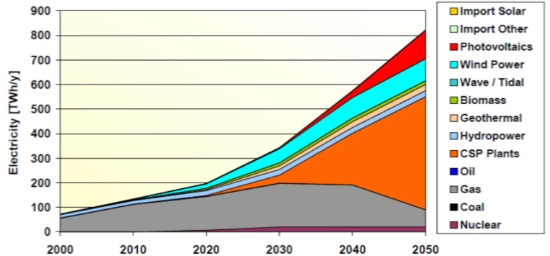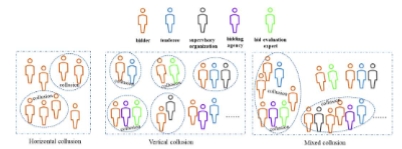Evaluating the damage of collapsed bridges using remote sensing technologies: Case study: Baltimore’s Francis Scott Key Bridge
Abstract
Bridges are vital for linking communities and facilitating economic activity. However, in the face of disaster, like ship collisions pose a significant threat to bridge infrastructure, causing structural damage and potential safety hazards. Rapid and precise assessment of the damage is essential for effective emergency response and recovery operations. Remote sensing with near-real-time satellite imagery provides the disaster scenario. This paper presents a change detection using pre- and post-disaster satellite data for Baltimore’s Francis Scott Key Bridge to identify structural damage due to the collision of the ship with support pillars on 26 March 2024. Both optical and microwave satellite data were used from open data sources and analyzed based on geospatial techniques such as change detection and surface profiling. It is estimated that an 1100-meter span of bridge was affected due to this collision, which helped to estimate the damage and mobilize the rescue operations. It may need further validation from ground truth information. Hence, the current study emphasizes the potential of remote sensing satellite data to provide near-real-time impact on disaster analysis.
References
[1]Yang L, Cervone G. Analysis of remote sensing imagery for disaster assessment using deep learning: a case study of flooding event. Soft Computing. 2019. doi: 10.1007/s00500-019-03878
[2]Jaboyedoff M, Oppikofer T, Abellán A, et al. Use of LIDAR in landslide investigations: a review. Natural Hazards. 2010; 61(1): 5-28. doi: 10.1007/s11069-010-9634-2
[3]Gonzalez L, Montes G, Puig E, et al. Unmanned Aerial Vehicles (UAVs) and Artificial Intelligence Revolutionizing Wildlife Monitoring and Conservation. Sensors. 2016; 16(1): 97. doi: 10.3390/s16010097
[4]Adams BJ, Friedland CJ. Rapid response systems for disaster management. Disaster Prevention and Management. 2015; 24(1): 86-99.
[5]Ehrlich D, Guo H, Molch K. Remote sensing support for post disaster recovery management. International Journal of Remote Sensing. 2009; 30(13): 3383-3396.
[6]The New York Times. Baltimore Bridge Collapse. Available online: https://www.nytimes.com/live/2024/03/26/us/baltimore-bridge-collapse/370a20f1-0d44-5d22-ab69-e3b5f1c8bde4?smid=url-share (accessed on 10 August 2024).
[7]Roy DP, Wulder MA, Loveland TR, et al. Landsat-8: Science and product vision for terrestrial global change research. Remote Sensing of Environment. 2014; 145: 154-172. doi: 10.1016/j.rse.2014.02.001
[8]Wulder MA, Coops NC, Roy DP, et al. Land cover 2.0. International Journal of Remote Sensing. 2018; 39(12): 4254-4284. doi: 10.1080/01431161.2018.1452075
[9]Marino A, Ouchi K, Ferro-Famil L, et al. Advances in SAR: Sensors, Methodologies, and Applications. IEEE Transactions on Geoscience and Remote Sensing. 2018; 56(3): 1215-1231.
Copyright (c) 2024 Reedhi Shukla, Sampath Kumar Pabbisetty, Satish Jayanthi, Kamini Janardhanan

This work is licensed under a Creative Commons Attribution 4.0 International License.












